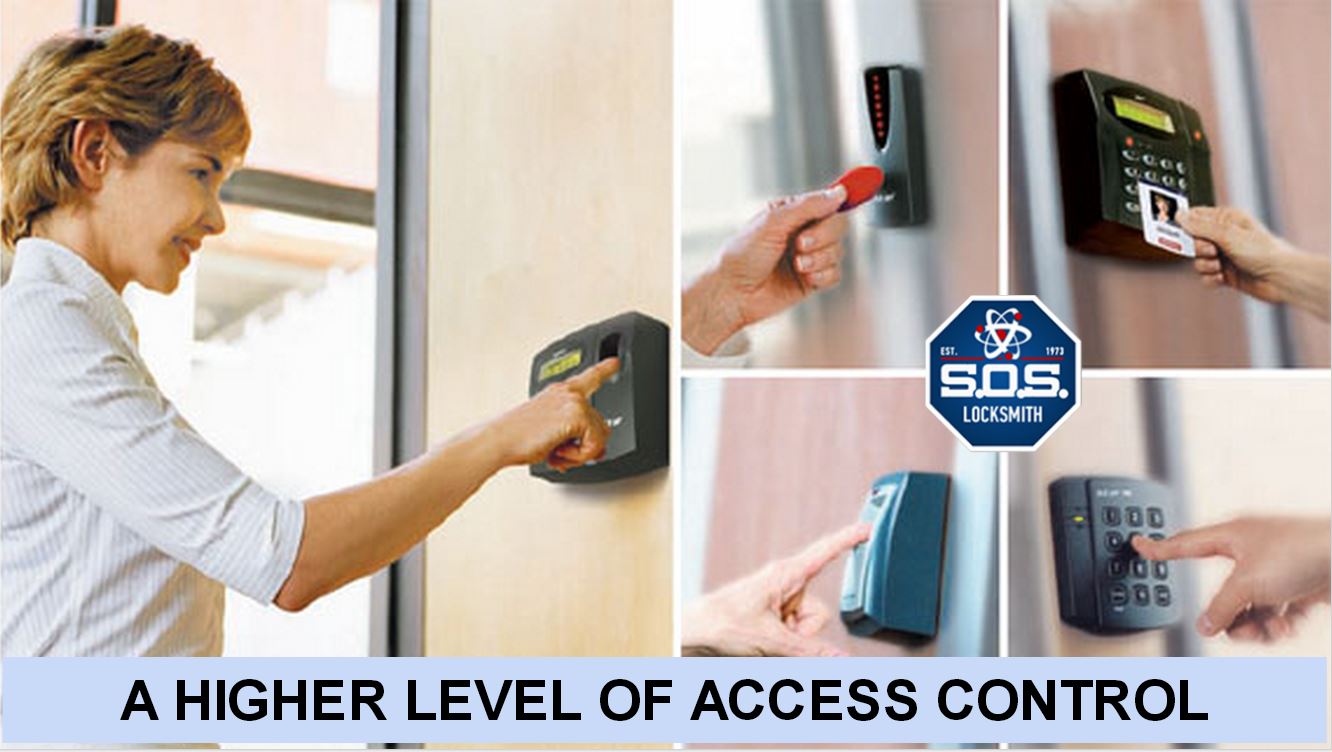The form and function of the traditional locking mechanism is under assault by the future. While the core usage of a lock is likely to remain the same, new models are popping up on the market, technologically superior devices outfitted with digital technology.
The Hybrid Locking Mechanism
A client can opt to stick with the traditional key and lock model of entry, but add an additional layer of digital security. A weatherproof keypad, lighting up for the user to enter an entry code, sits alongside the standard lock to offer greater flexibility and access control. The system could change the entry code every week, or the head of the family could assign a personalized access code for each member of the family, perhaps giving out guest codes that expire after a set period.
Part of the Smart Home
A locksmith is expected to match time-honored knowledge of locking mechanisms with network expertise. The latest generation of locks come as either keyed or key less models. They use Bluetooth and WiFi connectivity to hook the access system to the home network, whereupon the smart home can access other subsystems, turning on hallway lighting, drive lights, and even accessing environmental controls to turn on the heating for when the family arrives home.
Virtual Locks Over Traditional Locks
While the tumblers and pins of a high-quality lock aren’t about to be replaced overnight, the new options offered by technology are creating a stir with tech-savvy consumers. Thanks to mobile devices, a virtual key can be created and assigned to a smartphone, and then be forwarded to other family members. Without ever removing the pocketed smartphone, the home access system digitally identifies the arriving family member by recognizing the virtual key stored in an App.
The Advantages of Modular Wireless Security
One of the primary advantages of this new technology is the nod to mobile tech, the inclusion of wireless engineering that means no wires are required when installing the lock. Locksmiths simply fit the lock in the same way as any traditional mechanism, fitting the cylinder, outer casing, and engaging the locking mechanism. Digital connectivity, the same tech used in mobile devices, then allows a locksmith to effortlessly extend the access system, adding internet cameras and additional locks without ever needing to resort to wiring. It’s an attractive feature, knowing security can be altered without being tied to wires and having to drill holes, cutting channels in walls. The network then accepts the new additions with a simple change of a software configuration routine.
Practical Considerations
Looking inside the new generation of locks, a locksmith can quickly point out all of the familiar parts, but there’s additions. Those additions come in the shape of motorized drives, wireless circuitry for interfacing the lock to the home network, and a power assembly that’s likely accompanied by a set of batteries. Thanks to low power components courtesy of the mobile device industry, to low power Bluetooth and computer wizardry, the batteries will last for extended periods. Note, those same components can easily be configured to send a notification of some kind to a cell phone, warning the homeowner or the local locksmith of the need for new batteries. The same mobile communications tech also informs the cell phone of security events, of intruders and unexpected arrivals. Imagine being able to take control of the lock from work, opening the door from a smartphone with a touch.
Hybrid locks allow users to slowly adapt to the new tech, while key less entry means embracing entirely new forms of access.


























